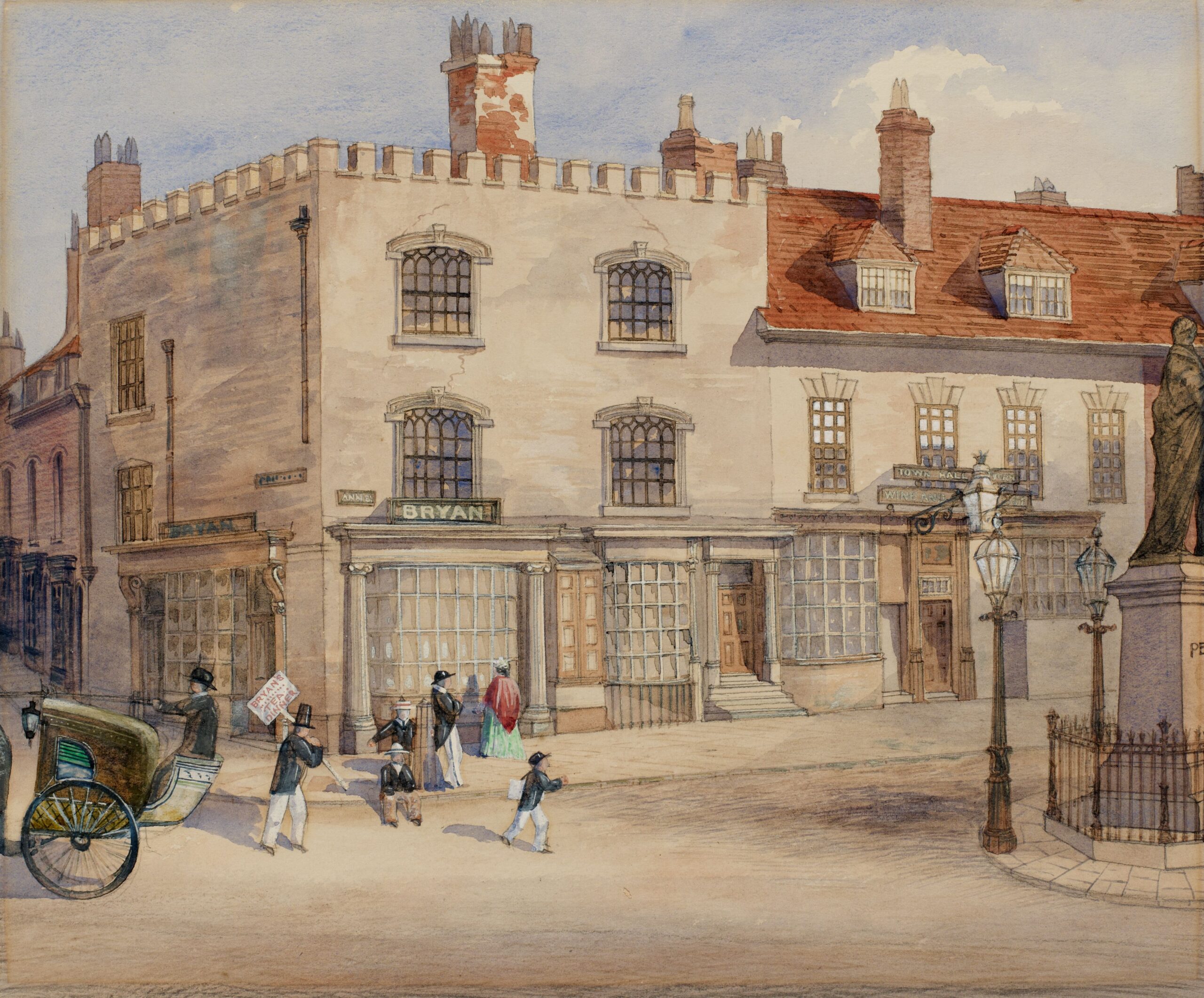
Explore the Intriguing Art of Zoo in American Culture
Welcome to a fascinating journey into the world of zoo architecture and design, where aesthetics meet conservation. The art of zoo has a significant impact on American culture, shaping our perceptions of wildlife and the spaces in which they are cared for. Zoos across the United States have evolved over the years, adopting innovative designs that prioritize animal welfare and enhance the visitor experience.
But it’s not just about aesthetics. The art of zoo plays a crucial role in animal conservation efforts, serving as a hub for habitat preservation, species conservation, and environmental enrichment. In this section, we will explore how zoo architecture and design are shaping American culture and contributing to animal conservation efforts.
Join us as we delve into the intriguing world of the art of zoo, discussing the significance of zoo architecture and design in the United States and its impact on both the cultural landscape and the conservation of wildlife. We will explore how American zoos have transformed over the years, adopting innovative designs that prioritize animal welfare and enhance the visitor experience.
We will also examine the cultural impact of zoos in American society, exploring how these spaces serve as educational and entertainment spaces, fostering a deeper understanding and appreciation for wildlife. Finally, we will highlight the role of zoo architecture in animal conservation efforts, investigating how zoos create habitats that mimic natural environments, promoting the well-being and conservation of various species.
Get ready to discover the fascinating world of the art of zoo and its crucial role in American culture and conservation efforts.
The Evolution of Zoo Architecture and Design in America
Contents
- 1 The Evolution of Zoo Architecture and Design in America
- 2 The American Zoo’s Early Days
- 3 Innovative Designs
- 4 Enhancing the Visitor Experience
- 5 The Cultural Impact of Zoos in American Society
- 6 The Importance of Education
- 7 Entertainment and Community Engagement
- 8 Public Perception of Zoos
- 9 The Role of Zoo Architecture in Animal Conservation Efforts
- 10 Animal Conservation
- 11 Habitat Preservation
- 12 Species Conservation
- 13 Environmental Enrichment
Zoos across America have undergone a remarkable transformation in recent years, with a focus on innovative design that prioritizes animal welfare and enhances the visitor experience. The art of zoo architecture is now as much about aesthetics as it is about functionality. In this section, we will explore the evolution of zoo architecture and design in America, examining key examples of how American zoos have transformed.
The American Zoo’s Early Days
Early American zoos were simple, with limited space and resources. Animals were often housed in cages without proper consideration for their needs or welfare. However, over time, zoos began to embrace new ideas and designs. One of the earliest zoos to incorporate such ideas was the Bronx Zoo, which opened in 1899. Its pioneering approach to animal management and welfare set the standard for zoos across America.
Innovative Designs
Today’s zoos have come a long way. Modern zoo design takes into account not just the needs of the animals but also the expectations of visitors. Zoo architecture is now focused on creating habitats that mimic natural environments, promoting the welfare and conservation of various species. Innovative designs such as open habitats, glass enclosures, moats, and walkthrough exhibits are now common across American zoos. These designs create an immersive experience for visitors while providing animals with a more naturalistic habitat.
Enhancing the Visitor Experience
Visitor experience is a crucial aspect of zoo design and architecture. Zoo designers now aim to create spaces that are not only educational but also entertaining. Zoos are now designed with interactive exhibits, shows, and attractions that captivate visitors and provide a unique experience. By creating immersive and exciting experiences, zoos are better able to educate visitors about the importance of animal conservation.
The Cultural Impact of Zoos in American Society
Zoos have long been an important part of American culture and have played a significant role in shaping the public’s perception of wildlife conservation. As educational and entertainment spaces, zoos offer unique opportunities for visitors to gain a deeper understanding and appreciation of the natural world.
The Importance of Education
One of the primary functions of modern zoos is to educate the public about wildlife and their habitats. Through educational programs and interpretive exhibits, zoos promote awareness and conservation of endangered species. Visitors learn about the challenges facing wildlife, including habitat loss, climate change, and poaching, and how these issues can be addressed through conservation efforts. Zoos also provide opportunities for visitors to interact with animals and their caretakers, fostering a deeper connection with wildlife and inspiring action towards conservation efforts.
Entertainment and Community Engagement
While zoos are primarily educational spaces, they also serve as venues for entertainment and community engagement. Zoos offer a unique opportunity for families to spend time together while learning about wildlife. They also host events such as concerts, festivals, and animal encounters, providing opportunities for visitors to engage with the zoo community and learn about conservation efforts in a fun and engaging way.
Public Perception of Zoos
Zoos have a significant impact on public perception of wildlife conservation. They are often the first point of contact for visitors to learn about endangered species and their habitats. By showcasing the beauty and diversity of wildlife, zoos have the power to inspire visitors to take action towards conservation efforts. Additionally, zoos are increasingly focusing on animal welfare and conservation efforts, working to dispel negative stereotypes associated with zoos and gain public support for their work.
Overall, zoos play an important role in American culture and have a significant impact on public perception of wildlife conservation. Through education, entertainment, and community engagement, zoos inspire visitors to appreciate the natural world and become stewards of the environment.
The Role of Zoo Architecture in Animal Conservation Efforts
Zoo architecture plays a crucial role in supporting animal conservation efforts. Zoos create habitats that mimic natural environments and promote the well-being of various species. These habitats are designed to provide animals with ample space to move around, access to food, water, and shelter, and opportunities for socialization.
Animal Conservation
Animal conservation is the practice of protecting and preserving wild animals and their habitats. Zoos are one of the many tools used in this effort, and their architecture plays a significant role in their success. By providing animals with habitats that meet their specific needs, zoos help to ensure that they can thrive and reproduce.
Habitat Preservation
One of the primary goals of zoo architecture is to create habitats that mimic natural environments. By carefully designing these spaces, zoos can help to preserve the habitats of various endangered species. For example, zoos may build habitats that feature trees, rocks, or waterfalls to mimic the natural settings where these animals would typically live.
Species Conservation
Zoos play a critical role in species conservation efforts. By breeding and raising endangered species, zoos help to preserve these animals for future generations. Zoo architecture plays a key role in this process by providing animals with the space, resources, and enrichment opportunities they need to thrive. Zoos have played a vital role in bringing many species back from the brink of extinction, including the black-footed ferret, the California condor, and the red wolf.
Environmental Enrichment
Zoo architecture can also help to promote environmental enrichment for animals under human care. Environmental enrichment refers to providing animals with mental and physical stimulation to keep them healthy and happy. Zoos can accomplish this by designing habitats that offer opportunities for animals to explore, play, and engage in natural behaviors. For example, zoos may provide animals with puzzle feeders, climbing structures, or hiding places.








